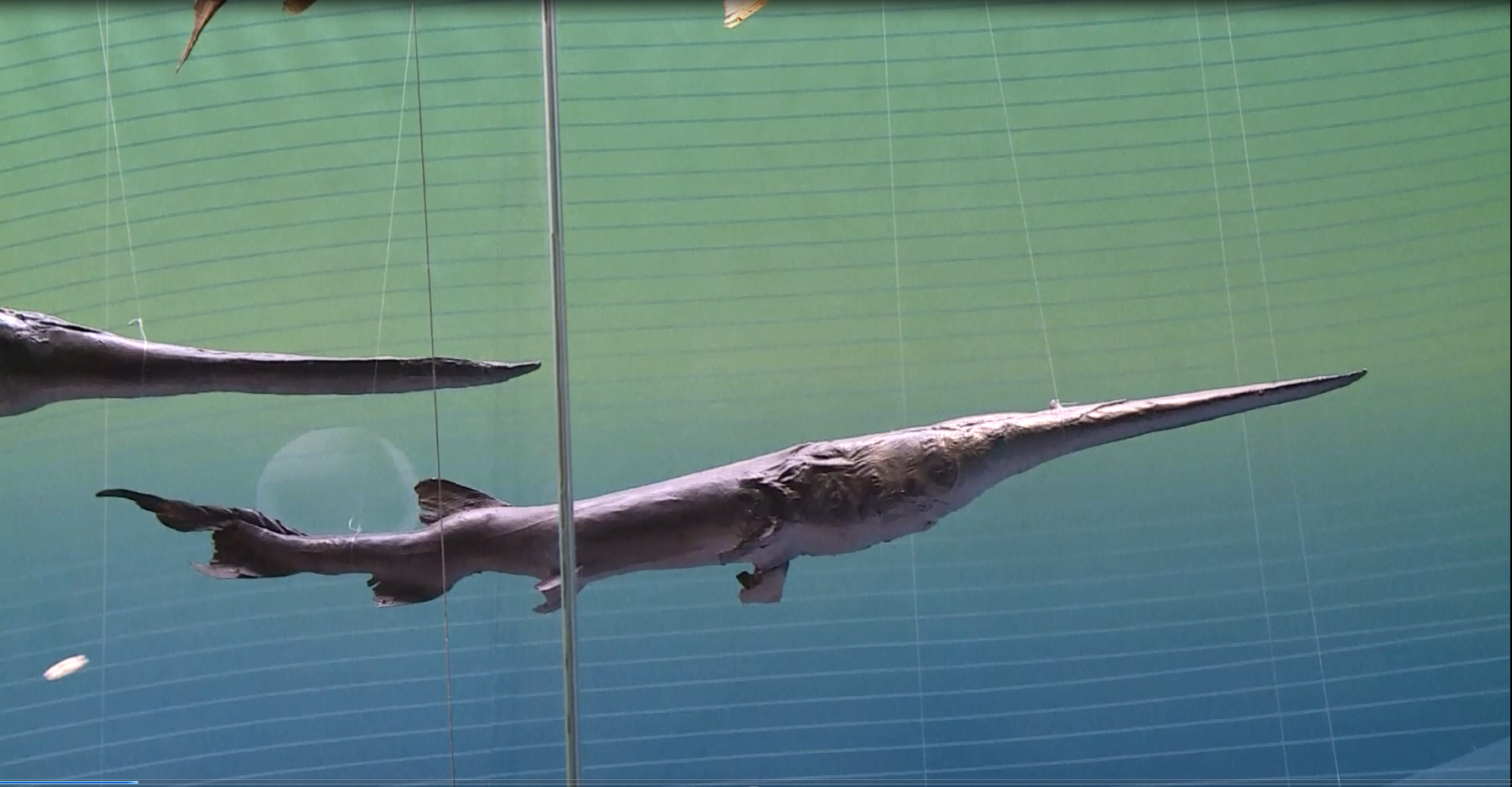
A screenshot of a Chinese paddlefish specimen from a CCTV video.
A screenshot of a Chinese paddlefish specimen from a CCTV video.
The declaration that Chinese paddlefish are now extinct is the first big news that has ignited Chinese social networks in 2020. Academic research shows the largest freshwater fish species went extinct between 2005 and 2010. The IUCN, the global authority on the status of the natural world, has not confirmed the announcement but said on Weibo that the situation of the species is not optimistic.
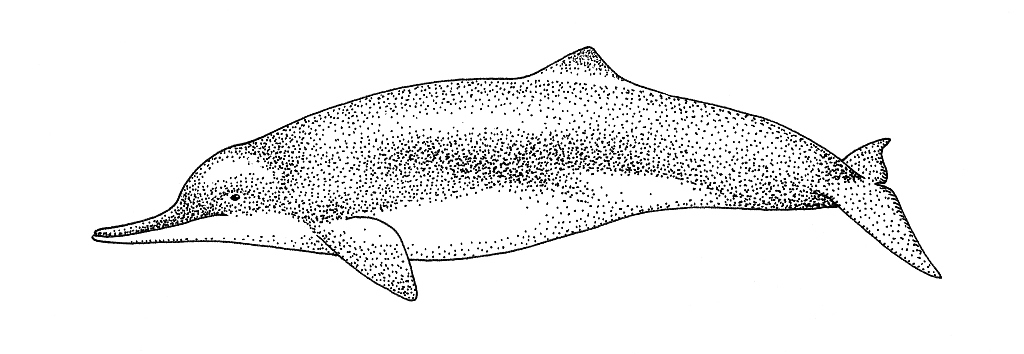
Another flagship species of the Yangze River, the baiji (or Chinese river dolphin), is listed as "critically endangered" by the IUCN. However, the last known living baiji died in 2002, and none has been seen ever since.
Another flagship species of the Yangze River, the baiji (or Chinese river dolphin), is listed as "critically endangered" by the IUCN. However, the last known living baiji died in 2002, and none has been seen ever since.
Extinction of a species is a sad event, but it is good to see that the public care. Many Chinese netizens have expressed their concern about disappearing animals and deterioration of the environment. The Chinese paddlefish is neither the first victim, nor will it be the last.
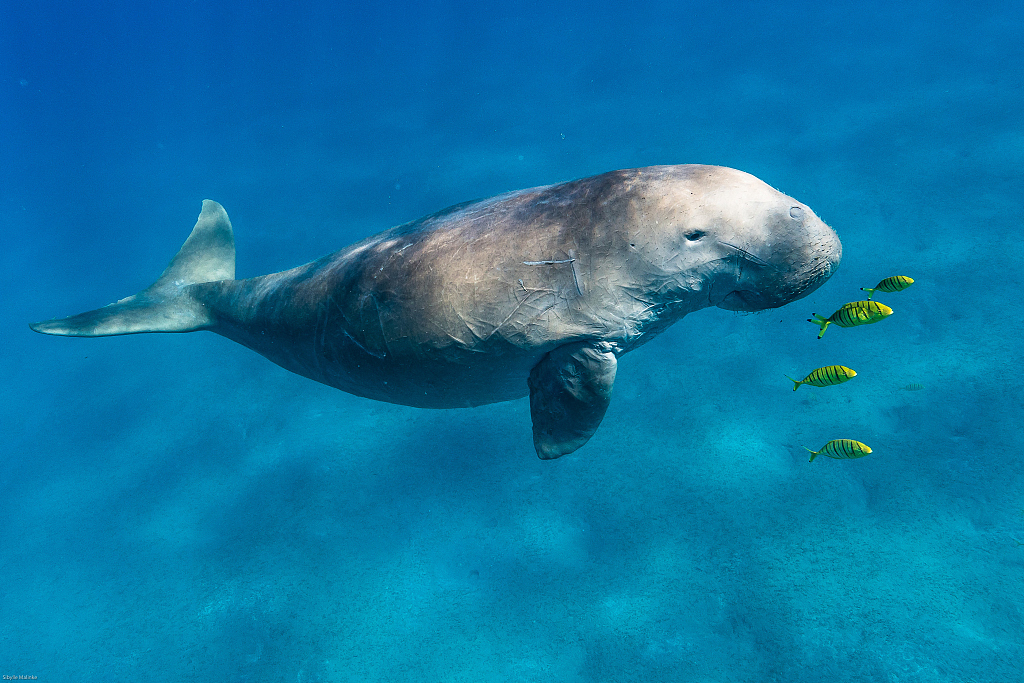
This is a dugong, the sole living relative of the extinct Steller's sea cow. The latter went extinct in 1768, only 27 years after its discovery.
This is a dugong, the sole living relative of the extinct Steller's sea cow. The latter went extinct in 1768, only 27 years after its discovery.
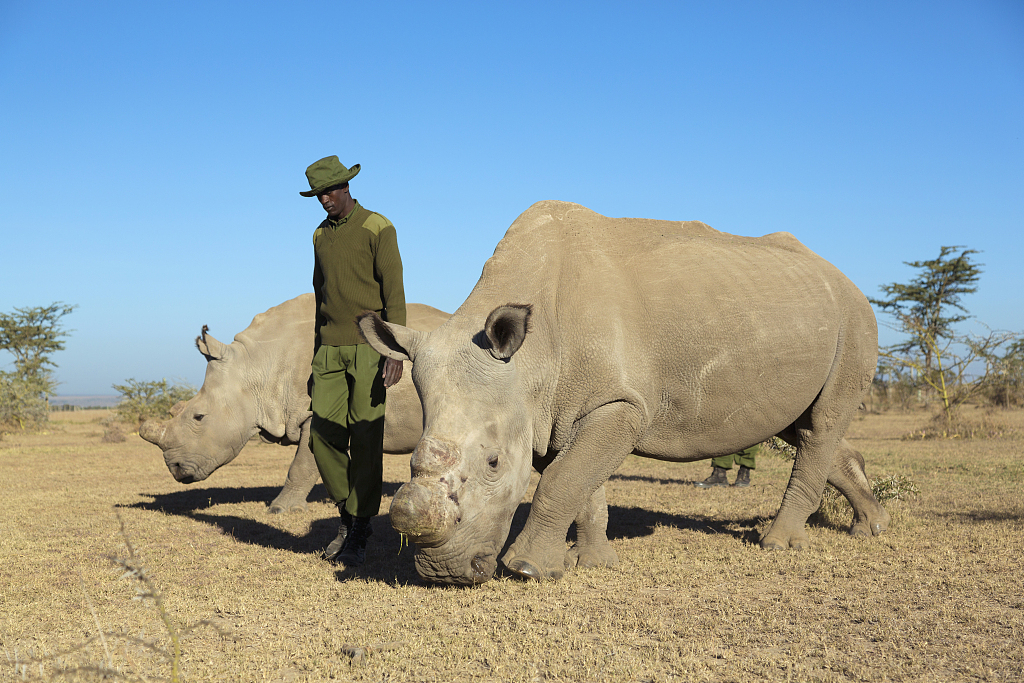
The northern white rhino is a subspecies doomed to be extinct. The only known male died in 2018, leaving two females left, both infertile. In fact, all five species of rhinos are on the brink of extinction, especially the three in Asia.
The northern white rhino is a subspecies doomed to be extinct. The only known male died in 2018, leaving two females left, both infertile. In fact, all five species of rhinos are on the brink of extinction, especially the three in Asia.
Since the year 1500, roughly 80 mammal species and over 190 bird species have become extinct. And they are only a few on a long list. The IUCN official site lists a total of 877 extinct species, with another 73 extinct in the wild. A more shocking number is there are 6,413 species classified as "critically endangered," which means they are only one step away from extinction.
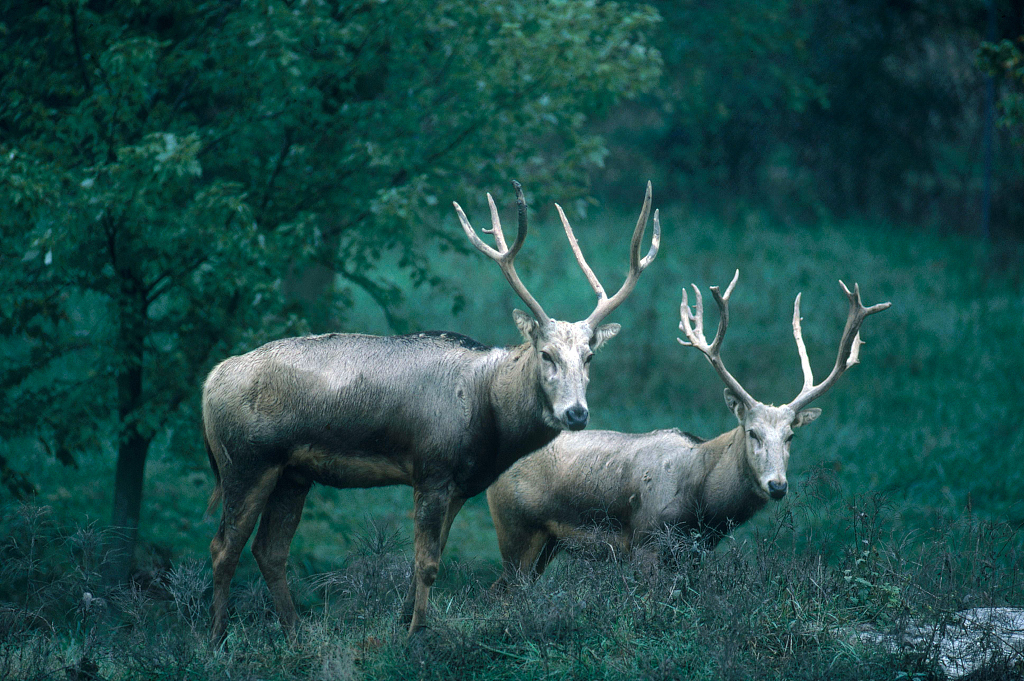
You may have seen the Père David's deer, or Milu deer, in the zoo. The fact is they are extinct in the wild, so are the Hawaiian crow, the Socorro dove, and the Spix's macaw.
You may have seen the Père David's deer, or Milu deer, in the zoo. The fact is they are extinct in the wild, so are the Hawaiian crow, the Socorro dove, and the Spix's macaw.
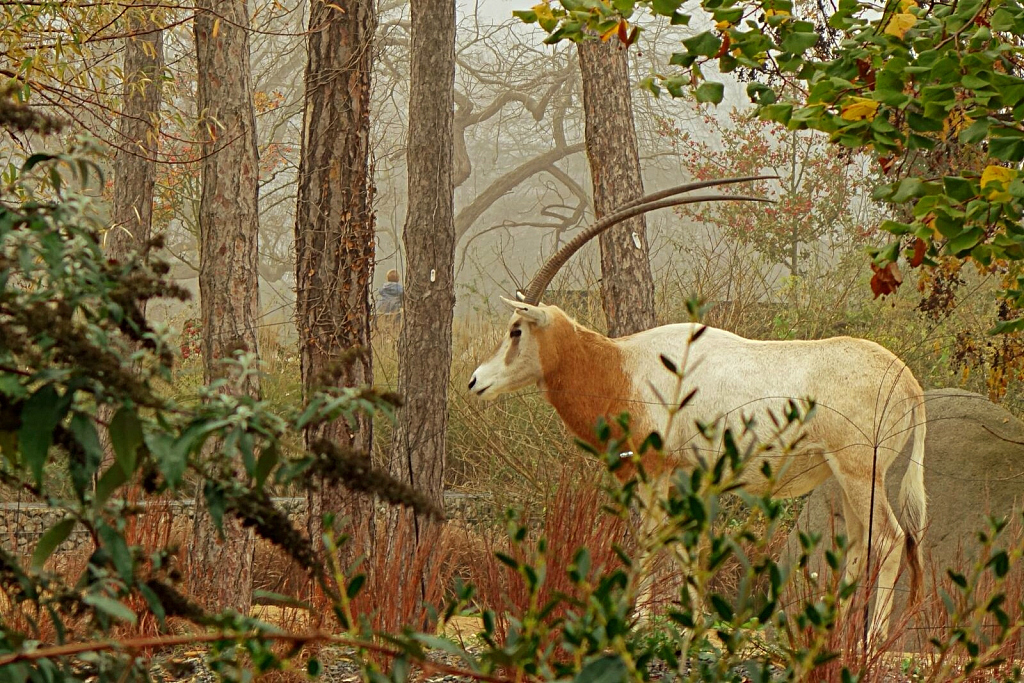
The Scimitar-horned oryx. This beautiful animal is extinct in the wild too.
The Scimitar-horned oryx. This beautiful animal is extinct in the wild too.
Here is a gallery of extinct species. There are no clear photos of some of the most well-known extinct animals, while there are none of some lesser-known ones.
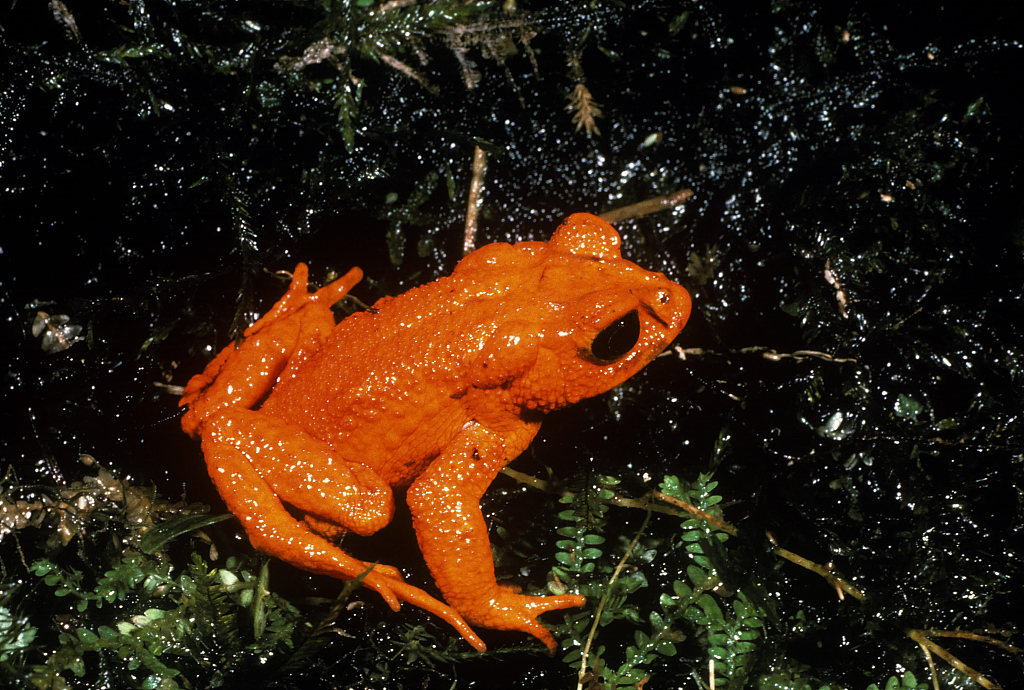
The golden toad was once abundant in a small, high-altitude region of about four square kilometers in an area in Costa Rica, and was commonly considered the "poster child" for the amphibian decline crisis. The last sighting of a single male golden toad was in 1989.
The golden toad was once abundant in a small, high-altitude region of about four square kilometers in an area in Costa Rica, and was commonly considered the "poster child" for the amphibian decline crisis. The last sighting of a single male golden toad was in 1989.
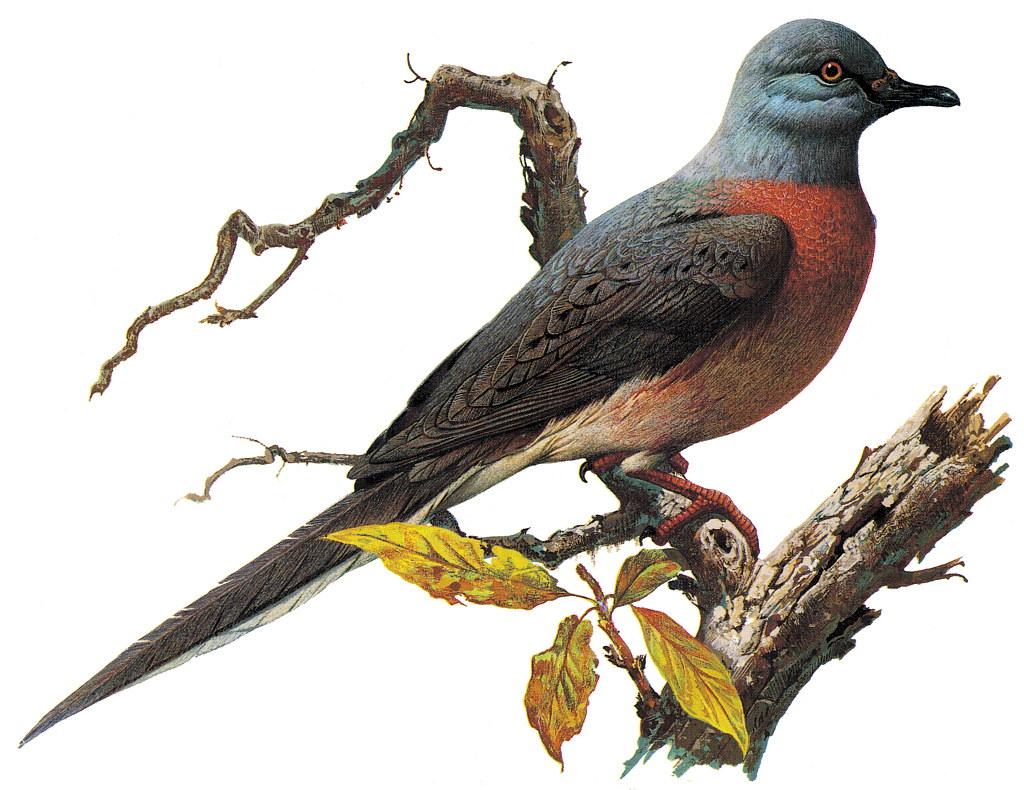
The passenger pigeon was once the most abundant bird in North America, numbering around three billion, and possibly up to five billion at the time of the discovery of America. They were hunted by Native Americans, but hunting intensified after the arrival of Europeans, particularly in the 19th century. The last passenger pigeon, Martha, died in 1914.
The passenger pigeon was once the most abundant bird in North America, numbering around three billion, and possibly up to five billion at the time of the discovery of America. They were hunted by Native Americans, but hunting intensified after the arrival of Europeans, particularly in the 19th century. The last passenger pigeon, Martha, died in 1914.
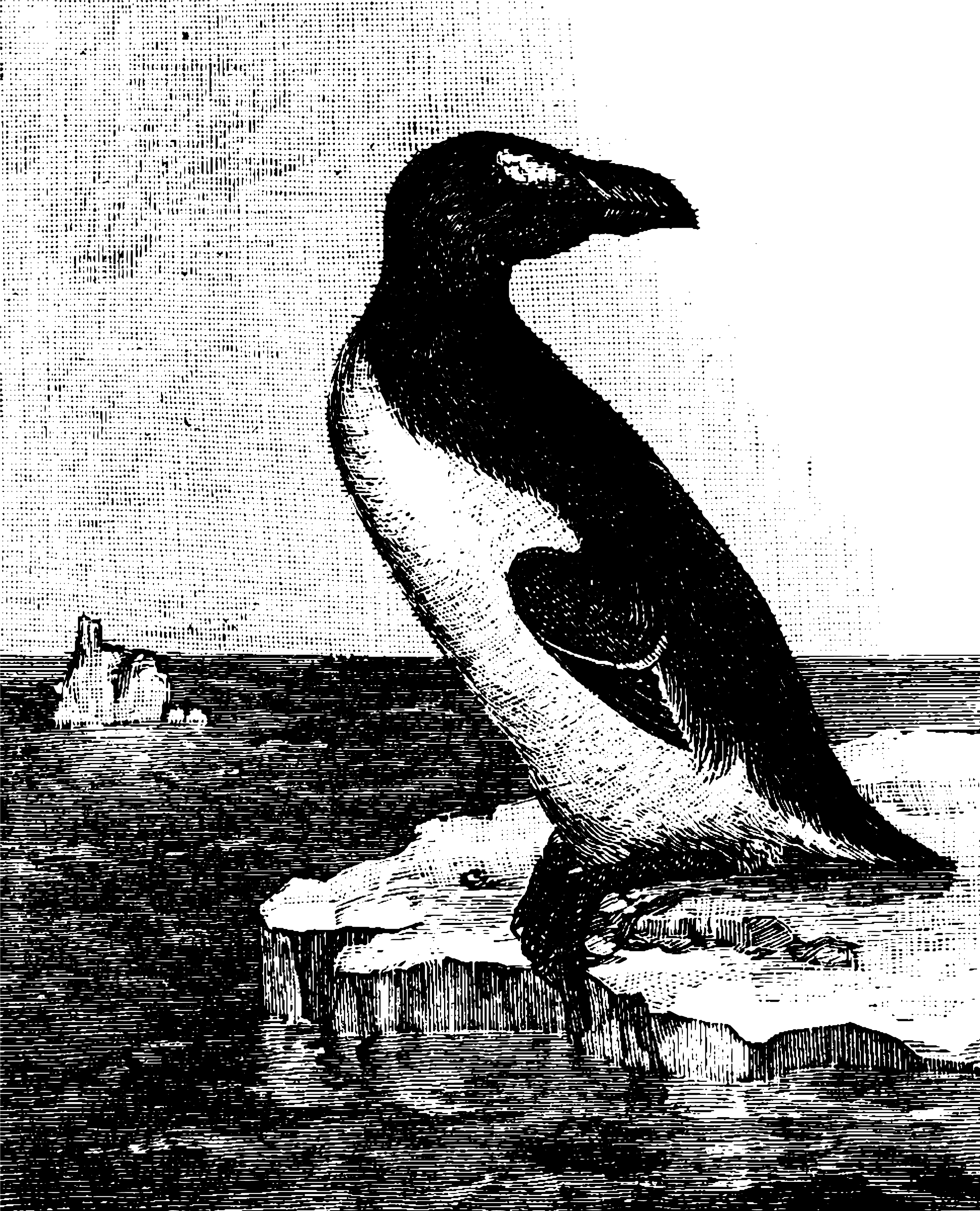
Living in the waters of the North Atlantic, the great auk was once an important part of many Native American cultures, both as a food source and as a symbolic item. Early European explorers to the Americas used the great auk as a convenient food source or as fishing bait, reducing its numbers. The bird's down was in high demand in Europe too. The last two known to be alive were killed in 1844.
Living in the waters of the North Atlantic, the great auk was once an important part of many Native American cultures, both as a food source and as a symbolic item. Early European explorers to the Americas used the great auk as a convenient food source or as fishing bait, reducing its numbers. The bird's down was in high demand in Europe too. The last two known to be alive were killed in 1844.
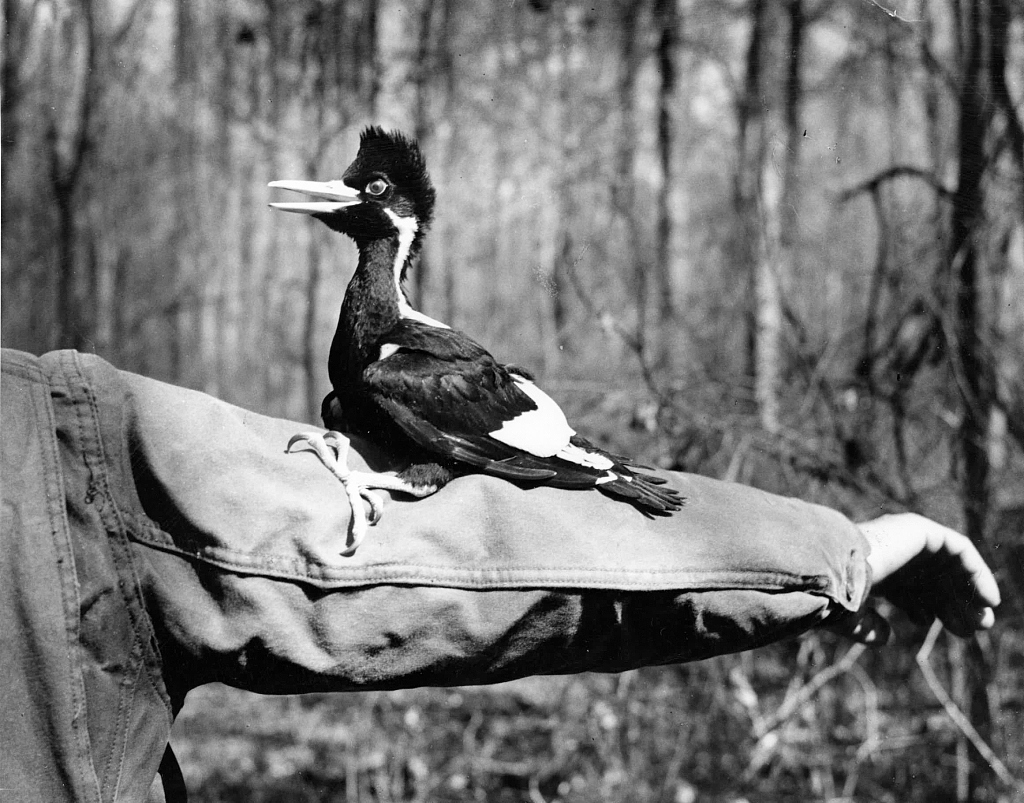
The ivory-billed woodpecker was one of the largest woodpeckers in the world. Though it is classified as "critically endangered" now, the last sighting of the species was in 1944. The American Birding Association lists the ivory-billed woodpecker as "definitely or probably extinct."
The ivory-billed woodpecker was one of the largest woodpeckers in the world. Though it is classified as "critically endangered" now, the last sighting of the species was in 1944. The American Birding Association lists the ivory-billed woodpecker as "definitely or probably extinct."
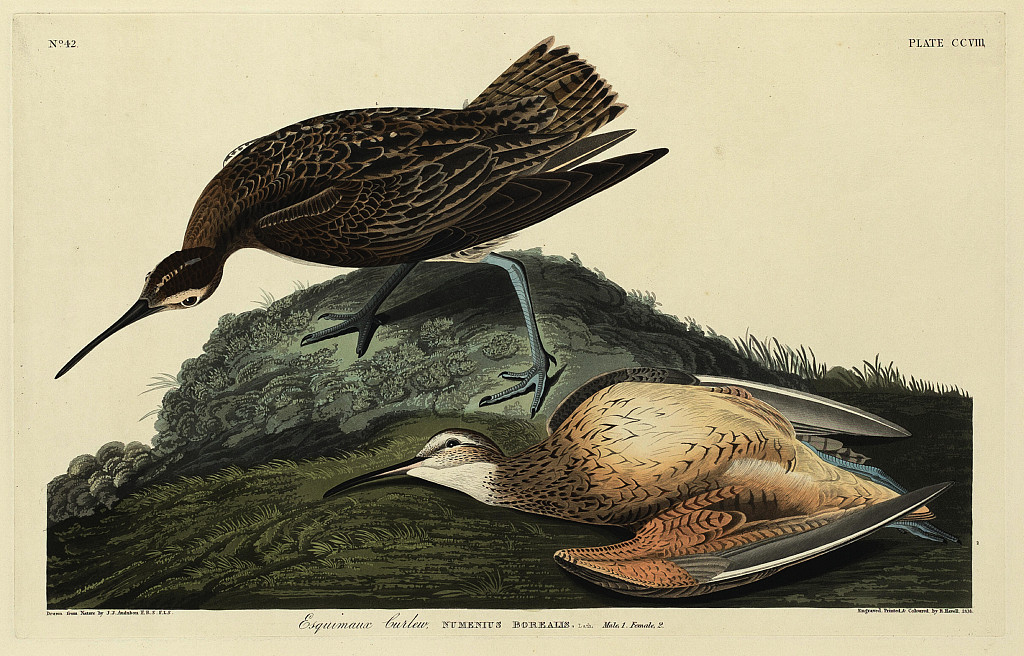
The Eskimo curlew was one of the most numerous shorebirds in the tundra of western Arctic Canada and Alaska, with about two million birds killed per year in the late 1800s. As there has not been a confirmed sighting since 1963, the Eskimo curlew is now considered possibly extinct.
The Eskimo curlew was one of the most numerous shorebirds in the tundra of western Arctic Canada and Alaska, with about two million birds killed per year in the late 1800s. As there has not been a confirmed sighting since 1963, the Eskimo curlew is now considered possibly extinct.
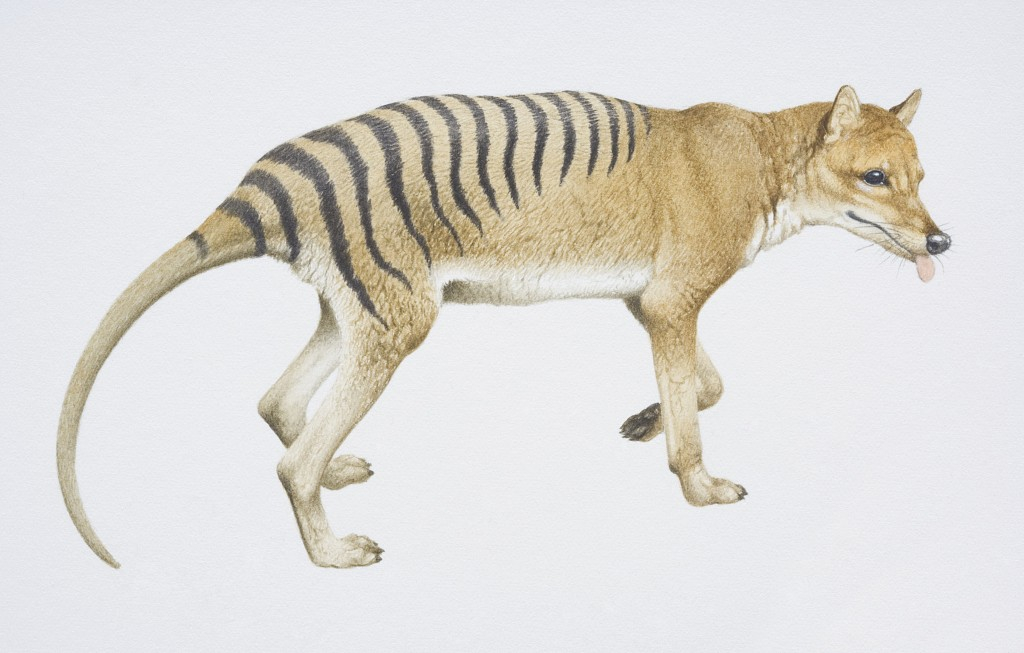
The thylacine, or Tasmanian tiger, was one of the largest known carnivorous marsupials, native to Tasmania, New Guinea, and the Australian mainland. The last known live thylacine was captured in 1933 and died in 1936. Intensive hunting encouraged by bounties is generally blamed for its extinction. Other contributing factors may have been disease, the introduction of dogs, and human encroachment into its habitat.
The thylacine, or Tasmanian tiger, was one of the largest known carnivorous marsupials, native to Tasmania, New Guinea, and the Australian mainland. The last known live thylacine was captured in 1933 and died in 1936. Intensive hunting encouraged by bounties is generally blamed for its extinction. Other contributing factors may have been disease, the introduction of dogs, and human encroachment into its habitat.
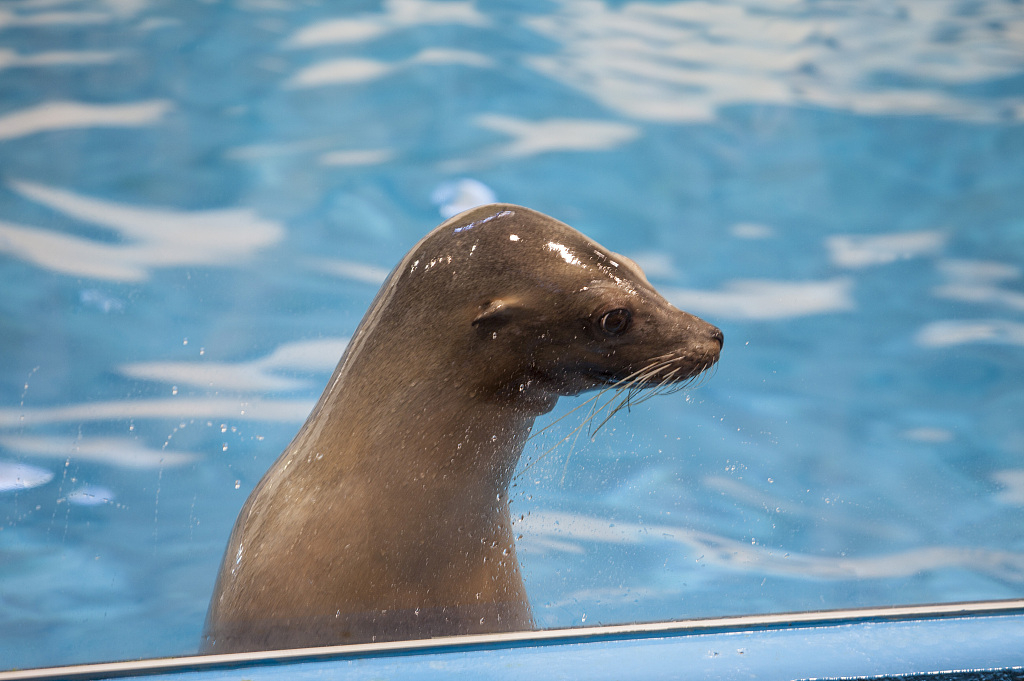
The Japanese sea lion was an aquatic mammal thought to have been extinct since the 1970s. They inhabited the Sea of Japan, especially around the coastal areas of the Japanese Archipelago and the Korean Peninsula. They were hunted commercially from the 1900s, leading to their extinction.
The Japanese sea lion was an aquatic mammal thought to have been extinct since the 1970s. They inhabited the Sea of Japan, especially around the coastal areas of the Japanese Archipelago and the Korean Peninsula. They were hunted commercially from the 1900s, leading to their extinction.
Within the last century, we have also lost the Caribbean monk seal (1952), Saudi gazelle (2008) and Yemen gazelle (1951), Schomburgk's deer (1932), Christmas Island pipistrelle (2009), Guam fruit bat (1968), Lake Mackay hare-wallaby (1932), Toolache wallaby (1939), Desert bandicoot (1943), Desert rat-kangaroo (1935), Lesser bilby (1931), Pig-footed bandicoot (1950), Crescent nailtail wallaby (1956), Red-bellied gracile opossum (1962), Bramble Cay melomys (2016) and dozens of rodent species. And this does not include subspecies, such as Caspian tiger (1970s), Formosan clouded leopard (2014), Pyrenean ibex (2000), and Easter cougar (2018).
The current rate of extinction of species is estimated at 100-1,000 times higher than natural background rates. Researchers have shown that roughly one million species of plants and animals face extinction caused by human activities. This means the list could go even longer, if conservation measures are not taken immediately.
(Cover photo is a Chinese stamp of 1994. The design was a Chinese paddlefish, which is one of the few images of the extinct species.)
(If you want to contribute and have specific expertise, please contact us at nature@cgtn.com.)